The content of the article
There are many snakes on earth - small and large, long and short, poisonous and harmless. There is such a subspecies in the vast snake family, called the blind snakes.
Description
The worm-shaped blind snake (or another name - “blindman”) looks more like a giant earthworm. The length rarely exceeds 30 centimeters, although some specimens extend up to 40 cm. But the tail is short - about 40-45 times shorter than the trunk, and has a small cone-shaped spike at the end.
The muzzle is rounded and covered by a powerful shield, in which dark eyes are visible. The head is slightly flattened, tapers towards the muzzle, and does not have a clear border with the body. The mouth is rather small, located at the bottom of the head.
The body covers are translucent and, thanks to the blood vessels, the body acquires a reddish-pink hue, internal organs and processed food in the intestines are visible through the abdominal wall, and in females you can see how eggs are formed.
Habitat
These snakes live in different parts of the world - in the Balkans, in Asia Minor, the mountains of Afghanistan, Iran, in the mountains of the Caucasus. On Russian territory, blind snakes are found in Chechnya, the Kuban, and Dagestan. Most often, these reptiles can be seen in the foothills and on the lower mountain ledges up to 1500-1700 m.
Lifestyle
Spends a significant part of life under the thickness of the earth's surface, very rarely creeps out, mostly in the twilight season. The blind snake digs under a layer of stone or under tree roots burrows, in which it spends almost all the time hiding from the world. The mink is dug up by a snake with the help of a shield that is located on its face - it pushes the soil and pushes it apart.
As a rule, rain drives the blind snakes to the surface - water floods the passages and you have to flee. Snakes hibernate also beneath the earth, deepening as far as possible.
Food
The diet consists almost entirely of ants. She catches these ever-working insects everywhere - in the ground, under lying objects, destroys anthills, eating everything - adults, larvae, white eggs. One reptile is able to eat up to two hundred ants a day. In addition, she eats caterpillars, various millipedes, small beetles, bedbugs of all kinds.
Breeding
These snakes reproduce by eggs. In spring, at the end of March - beginning of April, their hibernation ends. The female emits a strong aroma, according to which the male searches for her and the mating season begins. Snakes mate (male tightly wraps around the back of the female body). At the end of July, the snake lays from two to eight large ellipsoid large eggs of oblong shape - up to 25 mm long and up to 7 mm in diameter. In early September, cubs emerge from the eggs, very similar to small earthworms and spend the whole winter in burrows. They reach puberty in two years.
The blind snake sheds not like other snakes, but quite the opposite - the skin separates from the tail, and not as usual from the head. If in most snakes, the skin is turned inside out by stocking, then here it is separated by separate tubular pieces.
Enemies
The only protection of these snakes is the disgusting musky smell, otherwise the blind snakes are defenseless. They are saved only by the fact that they live underground. On the surface, everyone suffers - large insects, lizards, frogs and toads, birds, snakes of other species devour them. They become the prey of large animals seeking food on the surface of the soil - say, bears.
Features
- There are quite long specimens. The longest blind snake has a length of 76 centimeters.
- Many take the spike on the tail for a poisonous tooth and are afraid of the snake, believing it to be poisonous. In fact, it is completely harmless, and the tail growth allows the reptile to rest against the ground when it digs underground burrows.
- Light for a snake is destructive - falling under the sun's rays, it can die within a few minutes.
- Snakes escape from drought by gnawing holes to the center of the earth in search of aquifers.
- One of the features of a blind snake is a specific unpleasant odor that appears as soon as you touch a snake. Probably, this smelly secret helps in the fight against enemies and serves as a kind of protection.
- Blind snakes live in nature up to 6 years.
It is good to keep blind snakes in captivity in terrariums, only you need to feed ants and ant eggs without fail.



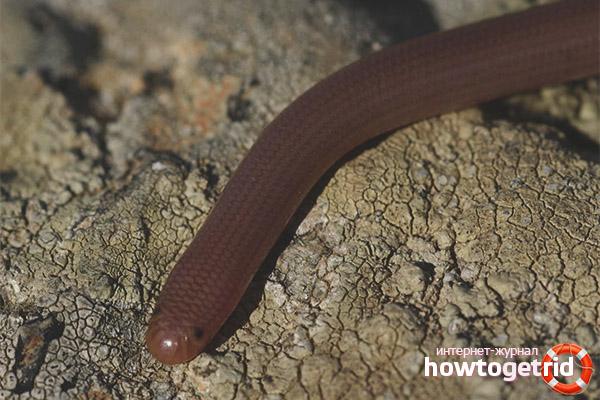

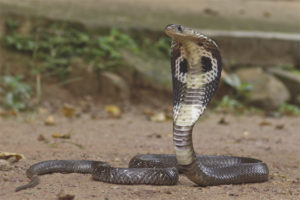
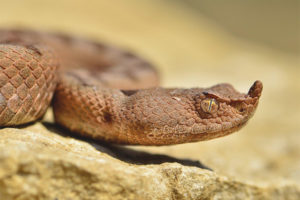
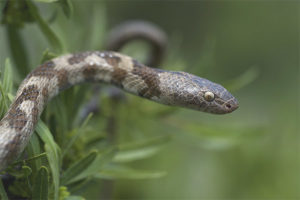
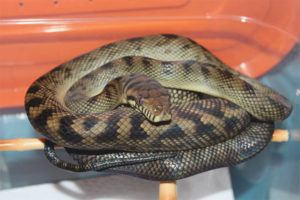
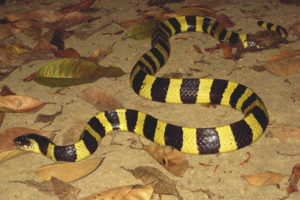

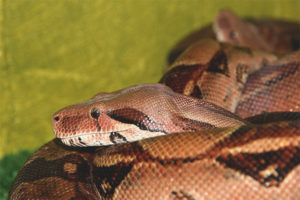
Submit